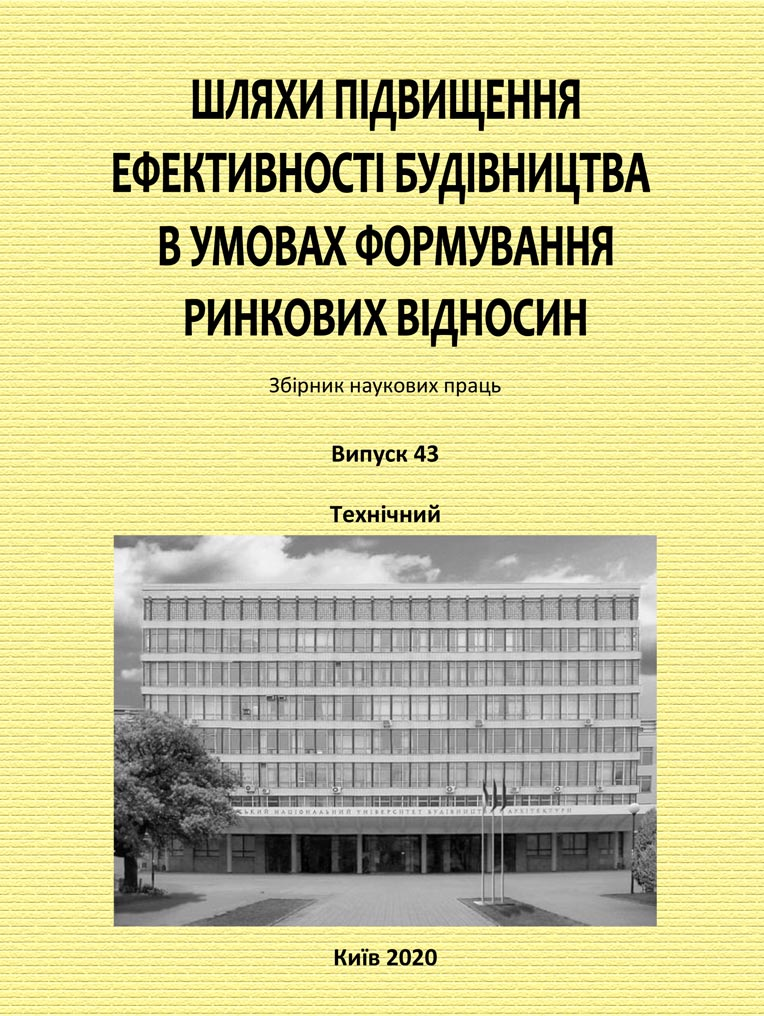Digital management of the industry economic system
DOI:
https://doi.org/10.32347/2707-501x.2019.42.170-178Keywords:
digital economy, digital technologies, construction.Abstract
According to the strategy of development of informatization in the Republic of Belarus, the main directions of basic and applied researches necessary for enhancing the potential of national developments in the field of information and communication technologies (ICT) in 2016-2022 should be the processing of large data sets and the extraction of knowledge, as well as intelligent information systems.
In order to fulfill these directions, it is proposed to develop an information system with a system of indicators and measures to achieve the goals, for the analysis and digital control of complex economic systems, objects and processes in the economy of the industry. The need to identify the most significant indicators, to consider the composition of the main economic indicators, as well as to develop a model of analysis of indicators of economic development. The main economic indicators are a set of not only macroeconomic but also more in-depth indicators characterizing the financial and production status of the object of study (industry development indicators). An algorithm for making managerial decisions using indicators is proposed.
The paper presents a conceptual scheme for the development of a new integrated information management system for the economy of the industry, which allows to create tools for making informed management decisions in order to improve the efficiency and effectiveness of managing economic indicators and move to a qualitatively new level of management of them. The main objective of the proposed information model is to analyze the strategic development of the industry in the current conditions and in the future, as well as the possibility of managing the situation. An approach to defining a system of indicators covering all levels, from macroeconomic to microeconomic, is presented, aggregating them and on this basis - defining the main economic indicators of the industry development. In this case, the information system proposes to reflect all cause and effect relationships - from the lower to the higher organizational levels.
The possibility of introducing new digital technologies that are reshaping management practices is being considered.
References
Chto takoe tsyfrovaia эkonomyka – opysanye termyna. – URL - https://prostocoin.com/finance/digital-economy.
Baranov, D.N. (2018). Sushchnost y soderzhanye katehoryy "tsyfrovaia эkonomyka. Vestnyk Moskovskoho unyversyteta ym. S.Iu. Vytte. Seryia 1: Эkonomyka y upravl enye (ЭU), 2(25), 15-24
Purs, H. A. (2018) Tsyfrovaia эkonomyka. Stroytelstvo y tsenoobrazovanye, 5, 1-13.
Stratehyia razvytyia ynformatyzatsyy v Respublyke Belarus na 2016 – 2022 hodы- URL- http://e-gov.by/zakony-i-dokumenty/strategiyarazvitiya-informatizacii-vrespublike-belarus-na-2016-2022-gody
Kovaleva, Y.V. & Pospelova, Y.N (2019) Upravlenye otrasliu v uslovyiakh tsyfrovoi эkonomyky. Vektor эkonomyky – URL - http://www.vectoreconomy.ru/images/publications/2019/ 3/innovationmanagement /Kovaleva_Pospelova.pdf
Khalyn, V.H. & Chernova, H.V (2018) Tsyfrovyzatsyia y ee vlyianye na rossyiskuiu эkonomyku y obshchestvo: preymushchestva, vыzovы, uhrozы y rysky.
Solozhentsev E.D. (2018). «Aktualnыe problemы эkonomyky y upravlenyia»– Zhurnal «Tsyfrovaia эkonomyka y upravlenye эkonomykoi y hosudarstvom» - №1(17) - Sankt-Peterburhskyi hosudarstvennыi unyversytet aэrokosmycheskoho pryborostroenyia. 136-153.
Tufetulov, A.M. (2008). Formyrovanye kompleksnoi systemы kontrollynha dlia realyzatsyy stratehyy otraslevoi restrukturyzatsyy rehyonalnoi эkonomyky. Aktualnye problemy ekonomyky y prava, 4, 105-113
Fedorova, E.A. (2018) «Mnohokryteryalnaia model эkonomycheskoho rosta» - URL - https://cyberleninka.ru/article/n/mnogokriterialnaya-modelekonomicheskogorosta
Downloads
How to Cite
Issue
Section
License
Copyright (c) 2020 G. A. Purs, O. A. Kirinovich

This work is licensed under a Creative Commons Attribution 4.0 International License.
Authors who publish with this journal agree to the following terms:
- Authors retain copyright and grant the journal right of first publication with the work simultaneously licensed under a Creative Commons Attribution License that allows others to share the work with an acknowledgement of the work's authorship and initial publication in this journal.
- Authors are able to enter into separate, additional contractual arrangements for the non-exclusive distribution of the journal's published version of the work (e.g., post it to an institutional repository or publish it in a book), with an acknowledgement of its initial publication in this journal.
- Authors are permitted and encouraged to post their work online (e.g., in institutional repositories or on their website) prior to and during the submission process, as it can lead to productive exchanges, as well as earlier and greater citation of published work (See The Effect of Open Access).

